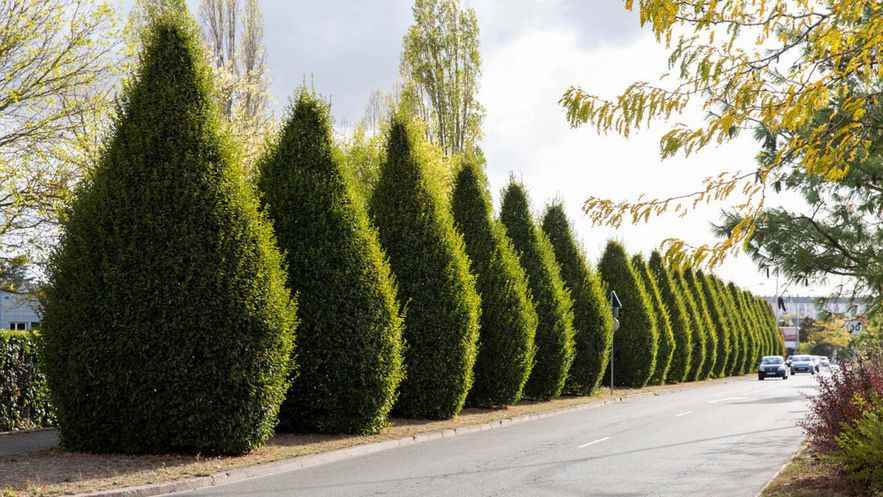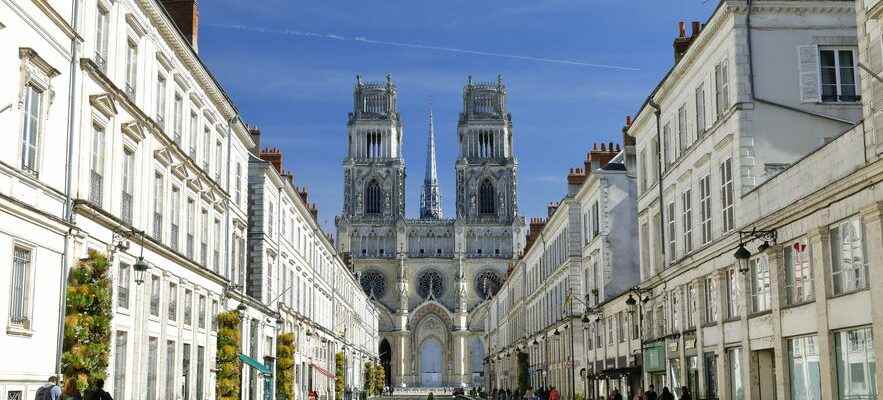An article from the special issue of L’Express “Find the city that suits you”
Montpellier
A win-win program. Last January, Montpellier Méditerranée Métropole announced the ten winners of its second call for projects in the service of a smart city. Through various themes (mobility, energy, environment, etc.), the community seeks to bring out innovative solutions, carried by companies. It being understood that it then provides them with its support – in particular by financing half of their development costs, up to a maximum of 40,000 euros.
Examples ? The ecoTeka tool, which aims to facilitate the recommendation of areas suitable for greening, while Citeos will install a solution for counting pedestrians, cyclists and cars in order to optimize traffic management. Assessment expected next December.
Orleans
“My vi(ll)e easier.” This is the name of the smart city strategy of the capital of the Centre-Val de Loire. From October 2018, the latter was equipped with an open public data platform – called Orléans Métropole data – which has since been enriched with interactive visualization tables for citizens.
Nearly 250 themes are now accessible, such as the availability of car parks, existing associations or, since April of this year, exposure to electromagnetic waves. According to Nadine Poisson, director of digital development within the metropolis, this information constitutes a “common heritage”. A private portal allows, in parallel, the community to follow its public policies, in particular concerning mobility and economic development.
Orléans relies on data to make the lives of its inhabitants easier.
© / Getty Images
Thonon les Bains

The “Thonon in your pocket” application provides access to all the city’s information.
© / Aurimages via AFP
“All players in your daily life.” This is the slogan of “Thonon in your pocket”, the mobile application of the sub-prefecture of Haute-Savoie, launched on February 1, 2021. Thanks to its interface, you can access the city’s news, the agenda events, administrative procedures or information from the town hall. Better: it allows you to report, with supporting photos, a malfunction on the public highway: pothole, illegal dumping, deterioration of street furniture, burnt out light bulb, etc.
This information then goes back to the technical services, which can thus intervene as quickly as possible. Nearly 2,000 reports have already been made. An inexpensive project – 6,000 euros per year – which won the Eco Actions 2021 trophy awarded by the association Les Eco Maires.
Soissons

In Soissons, it is possible to know in real time the available parking spaces.
© / Getty Images
The end of the ordeal to find a parking space? In 2018, the Aisne sub-prefecture deployed a clever system. It allows motorists to know in real time the available parking spaces among the 1,500 in the city center and to be guided to them thanks to dynamic staking signs.
How ? Thanks to sensors placed mainly on lampposts, which determine, using an image processing algorithm, the presence or absence of a vehicle. “The exploitation of data also makes it possible to understand occupancy rates and traffic flows”, assures Lucie Billaud, project manager at the town hall. This service is nevertheless in discussion with a new service provider, after the default of the company that initially offered it.
Chartres

In Chartres, municipal agents have digital tablets to optimize the maintenance of green spaces
© / City of Chartres
In Chartres, municipal officials have a new tool to take care of tree heritage: digital tablets! After painstaking census work, the prefecture of Eure-et-Loir has put a database online which contains useful information for tree maintenance, such as the year of planting, the type of species or their general condition.
Last year, the municipality went further by installing probes at the foot of three leafy specimens. The goal? Measure the moisture level of the soil to know if it was necessary to water them. Maria Jebli-Chedeville, the assistant in charge of the Eco-Ville approach, is convinced: “This experiment should make it possible to ensure the well-being of the trees while preserving water.”
